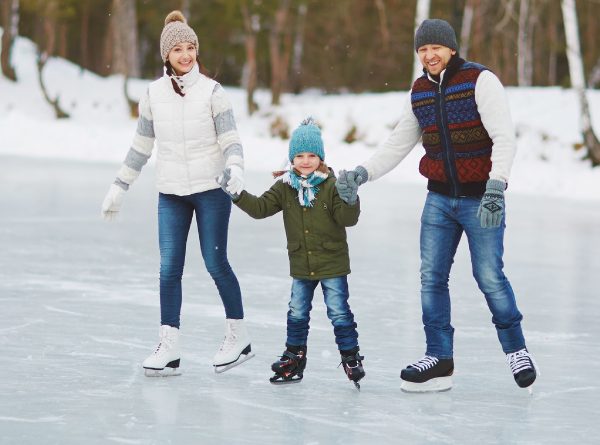Table of Contents
These easy ice skating instructions for beginners are necessary if you want to try them. Ice skating is a great winter activity. Even if you have never worn skates, learn to skate for the first time and make your skating as enjoyable as possible!
Even as an adult, going out on the ice for the first time can be intimidating. Nevertheless, remember that everyone has started as a beginning skater. With regular skating practice, you will witness incredible improvements relatively quickly, which is one of the best things about skating.
If you’re considering ice skating as a winter sport, be sure to read this ice skating advice to get off to the perfect start.

Ice skating is a fun and effective way to exercise. All ages can participate in and enjoy this sport. Because it uses your complete body, ice skating is a fantastic workout. Also, it aids with coordination and balance improvement.
Choose the right ice skating rink
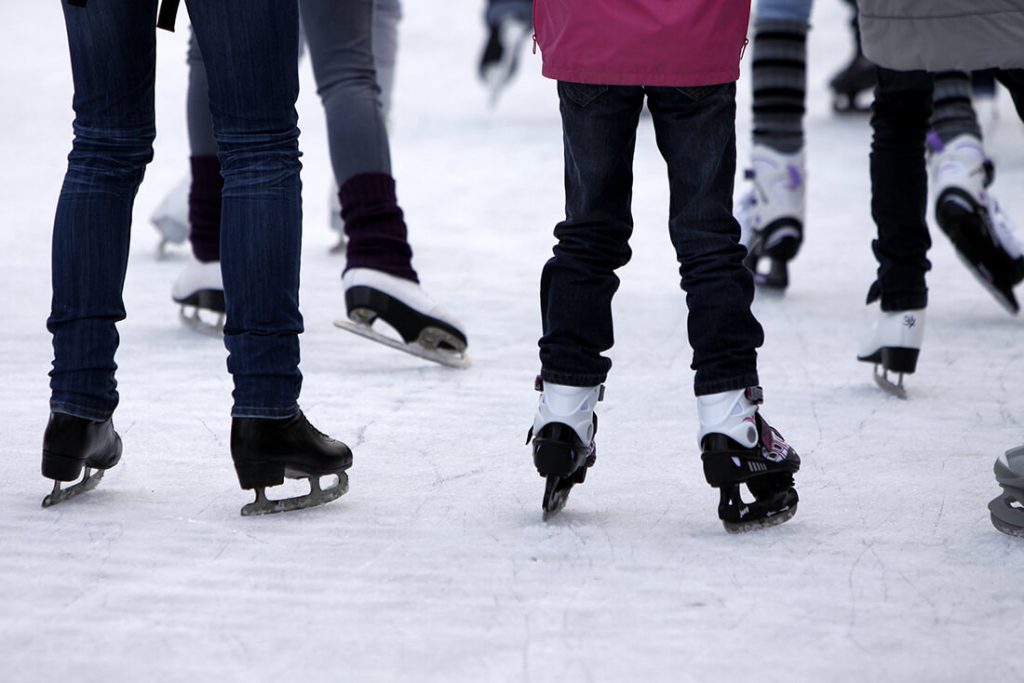
Not all ice skating rinks are the same when it comes to quality. Some rinks are substantially better than others for novices. Choose a rink that is smaller and has fewer skaters on it if you are a novice. If you do that, you won’t be as likely to be run over by someone with a more fantastic experience. If you go to a busy rink, you could feel anxious or tense because you worry that people will bump into you and slow you down.
Take advantage of the space that some big rinks have cordoned off for novices and little children. The ice should be taken into account as well while selecting a rink. Not all ice is created equal, and an indoor rink will typically offer smoother ice that is simpler for a beginner to learn on. Finally, before you visit, be careful to confirm the business hours. Not all skating rinks stay open past midnight. Ensure the rink is open late if you’re seeking a place to skate after work.
Wear the Appropriate Clothing
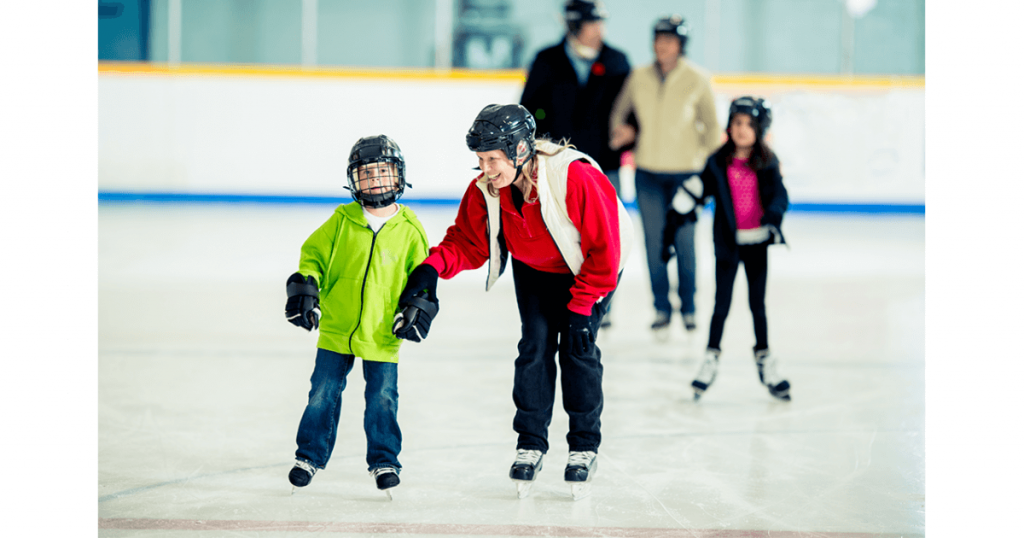
You must first be aware of the weather before preparing your clothing. Several people prefer to wear layers of clothing so that they may make adjustments as necessary. To stay comfortable and not too hot or cold, this is an excellent approach to dressing for the weather.
Start with a light layer, like a T-shirt or tank top, while dressing in layers. Then, put on a layer to keep you warm, like a sweater or jacket. You can wear an additional layer of clothes, such as long pants and a cap, if it is expected to be more relaxed. You can take some heat out of the room if it is warmer.
When learning to skate, it’s also essential to remember that wearing a helmet is necessary. You don’t want to take the chance of falling and destroying your skating career before it even begins because head injuries are no laughing matter.
Choosing the Right Skates

Don’t try to save money by renting skates too big or small. Instead, buy or rent skates that fit. Finding a pair of skates that fit correctly is crucial when renting skates for an upcoming ice skating session.
Skates that are too big will be uncomfortable and challenging to maneuver, and skates that are too small will hurt and leave you with blisters. Ask the personnel at the rental store for assistance if you need clarification on the size to order. You should also get your skates if you’re going to skate frequently.
Your skating experience will be more enjoyable if your skates fit properly, which will increase control and stability.
Putting Ice Skates on Properly

Many people enjoy the popular winter hobby of ice skating. Putting on ice skates can be daunting and confusing if you’ve never done it before. Here are some instructions on correctly putting on ice skates so you can start having fun.
The first thing to check is that the ice skates fit your feet properly. Inside the boots, your toes should be able to move around without discomfort.
Second, tighten the skate laces so your feet fit comfortably inside them. Particularly across the front of your ankle, they should be following; get up and lean against anything while you slowly start to walk in them. Before skating on the ice, practice walking in your skates on flat ground. Walking on a carpeted surface, such as a basement floor, is a fantastic approach to becoming comfortable in your skates—Snugger than you ordinarily tie your shoes.
Use an Ice Skating Aid.

Some people believe you should get on the ice without any skating assistance; however, for many adult novices, a skate aid might be helpful initially.
There are numerous justifications for using ice skating assistance. They may be getting started and require a little help to stay balanced. Or perhaps they have been skating for a while, but their balance was different from what it once was. Using ice skating aids is a terrific approach to advancing your skating abilities in any scenario.
A proper skating aid can assist you, but it is often made for children and may be too short for adults.
When you initially step onto the ice, grab the boards if you want something secure to cling onto. I also discovered that a stroller or even a hockey net was applicable in the beginning. The ability to move around on the ice with ease when using ice skating aids is one of its best features. This makes moving around the rink and honing your skills simple. The ability to be active while learning to skate is another benefit of employing ice skating assistance.
This is crucial since it keeps you engaged and motivated in your studies.
Start Off Slowly
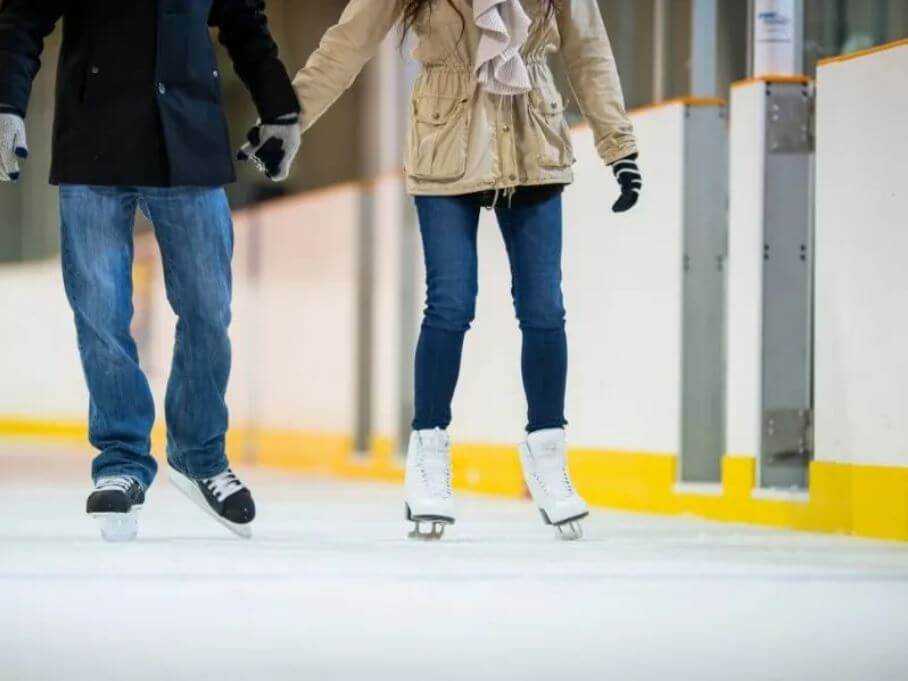
Don’t try to ice skate before you can walk in this sport. Before attempting any complicated maneuvers, take your time on the ice and concentrate on being comfortable with wearing skates.
To begin, march over the ice.It will help you get used to the sensation of wearing your skates because this is how young children are first taught to ice skate. You’ll also be able to regain your equilibrium.
After you feel at ease marching, try performing a push-push glide motion. It’s normal to feel more secure on one foot than the other; this is to be expected. After your glide is stable, you can try to perform some bubbles, in which you open your legs and shut them as you move.
The Perfect Posture for Ice Skating

When you are ice skating, it is essential to have the proper posture. This will help you stay balanced and avoid falls. Here are a few tips to help you achieve the perfect posture:
1. Stand tall with your shoulders back and your head up. This will help you keep your balance.
2. Keep your arms close to your body. This will help you stay balanced and prevent falls.
3. Bend your knees slightly and keep your weight on the balls of your feet. This will give you stability when skating.
4. Point your toes outward to better grip the ice rink surface.
Learning to Stop in Ice Skates
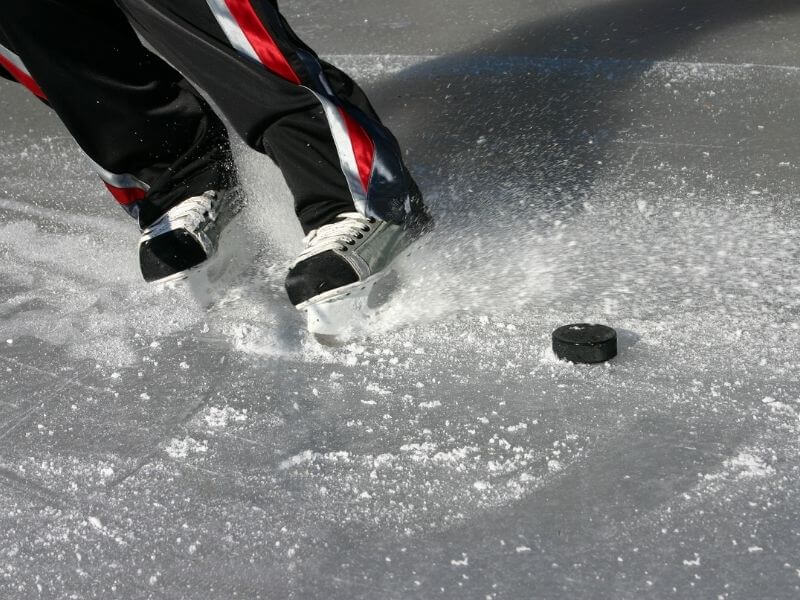
Being able to stop fast is essential when skating on ice. If you can’t stop, you risk falling and getting hurt. In ice skates, there are various ways to halt. The hockey stop is the approach that you are usually familiar with.
You must skate quickly when doing a hockey stop and promptly spin your skates sideways. You’ll immediately stop and lose speed as a result. Only attempt the hockey cease once you are a confident skater. Although it is not a beginner skater move, it does look cool.
Beginners should use a snowplow stop. It would help if you skated slowly and then pivoted your skates such that the blade tips faced one another to perform a snowplow stop. Your feet should resemble a pizza or a triangle.
You’ll immediately stop and lose speed as a result.
Learn How to Fall and Get Up in Ice Skates
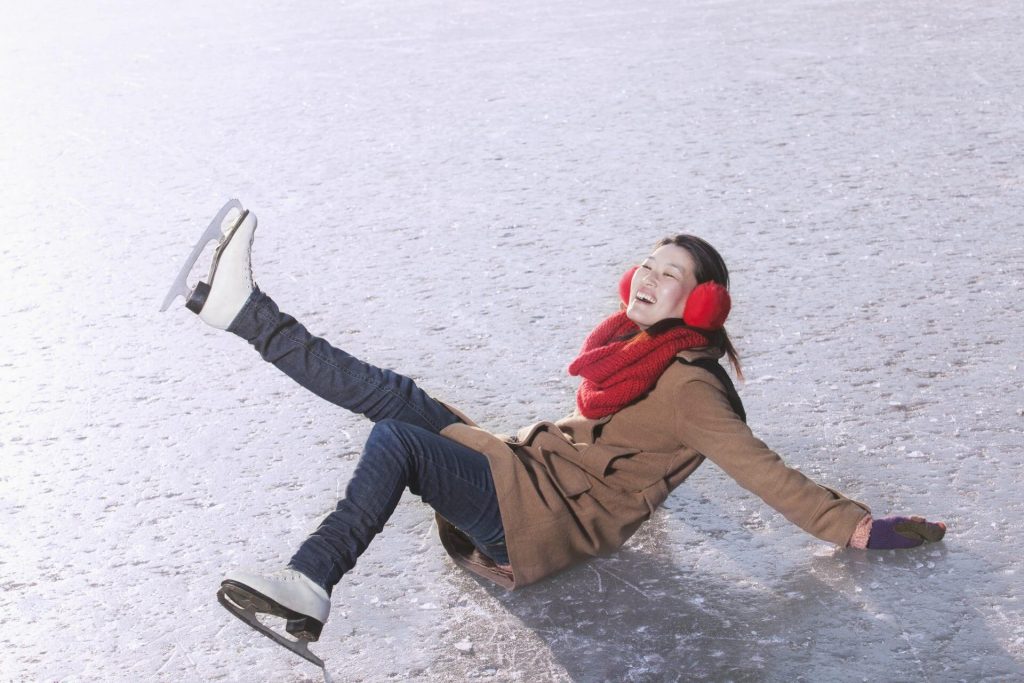
A critical ice skating skill is learning good fall technique and standing back up after falling. The reality is that learning to skate involves falling. You need to allow yourself to try new moves that can result in a fall to improve.
To prevent injuries, it’s essential to learn how to fall correctly. Those using their arms to break their fall are to blame for most ice skating injuries. The best course of action is to fall on your butt.
It’s time to stand up once you’re on the ground. Place one foot on the ice and exert pressure on that knee to raise you back to a standing posture.
Practice, Practice, Practice: The More You Skate, The Better You’ll Become
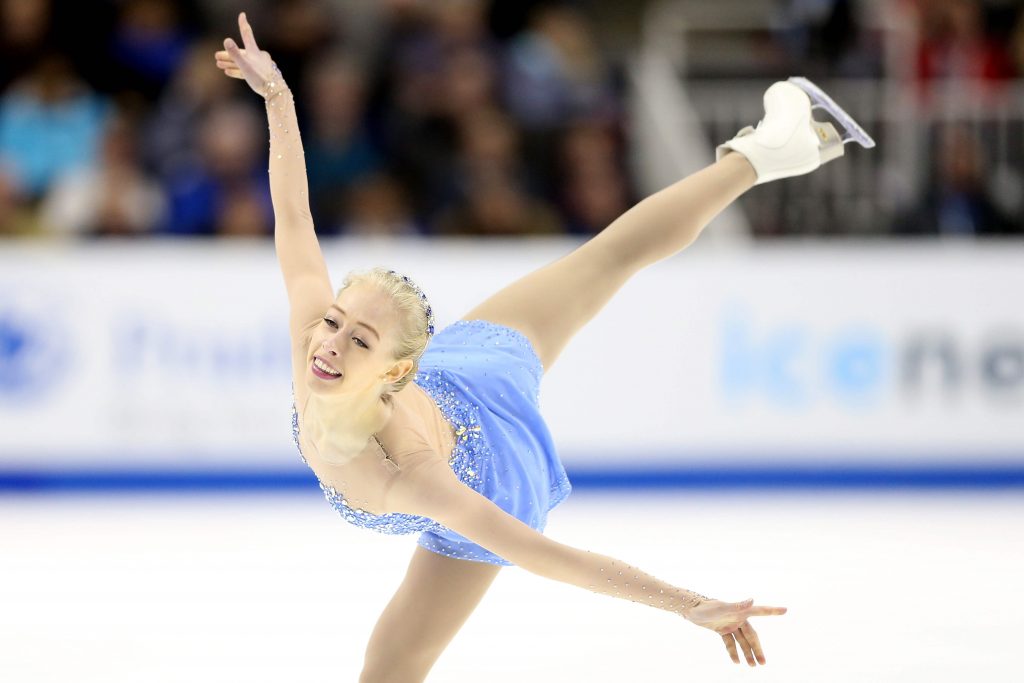
Even though one of the most crucial pieces of ice skating advice for beginners may seem apparent, pay attention to it.
You must skate as frequently as you can if you want to improve.
As you skate more, your skills will improve, and maintaining balance will become simpler. When you first start, try to skate at least once weekly. If you can take skating classes, your improvement will be significantly faster than if you can only skate independently without a coach.
Your balance and coordination will also improve as a result of skating. Practice as often as you can if you want to advance your skating abilities.
Ice Skating Tips for Beginners – Final Thoughts
Ice skating can be exciting and enjoyable, but it will be more enjoyable if adequately equipped. Make your first time on the ice safe and fun by attending these beginner’s suggestions.
Have a wonderful time! Going ice skating is a fun and practical approach to staying in shape.
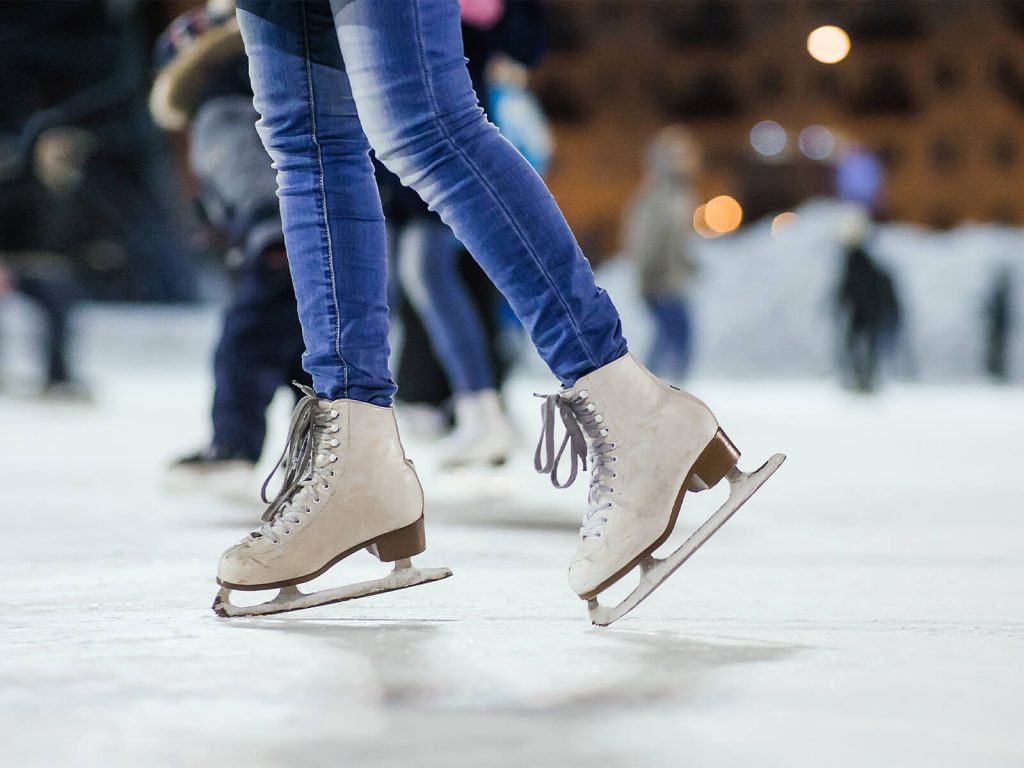
Check out more:
Tips for Snowboarding
Tips for rock climbing
Tips for underwater diving
Tips for Paragliding

